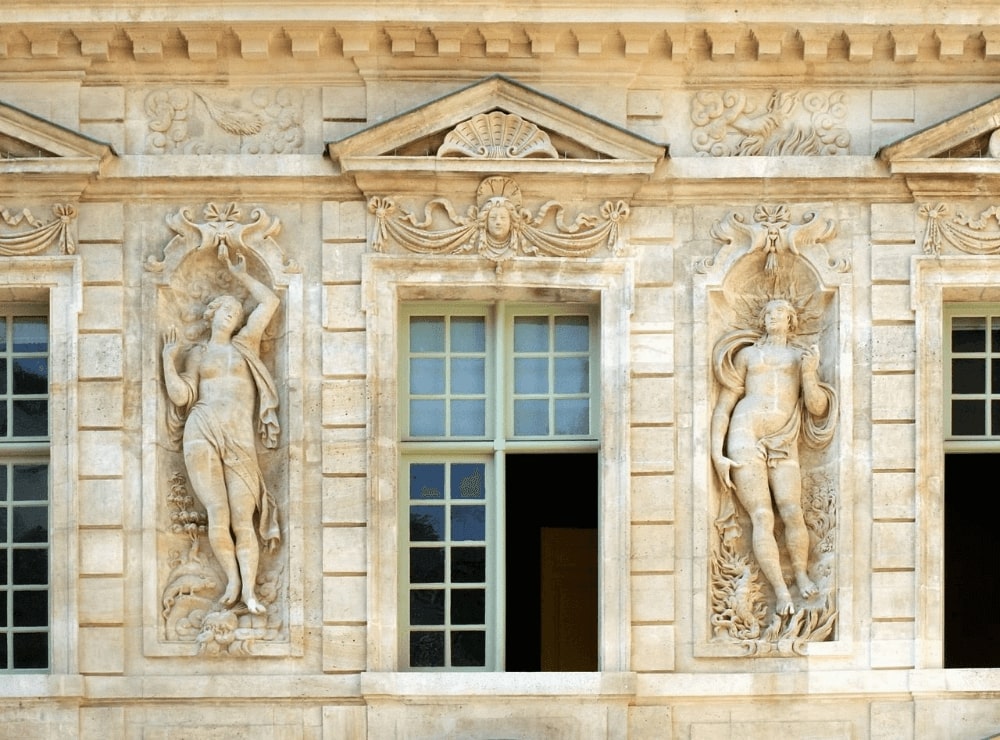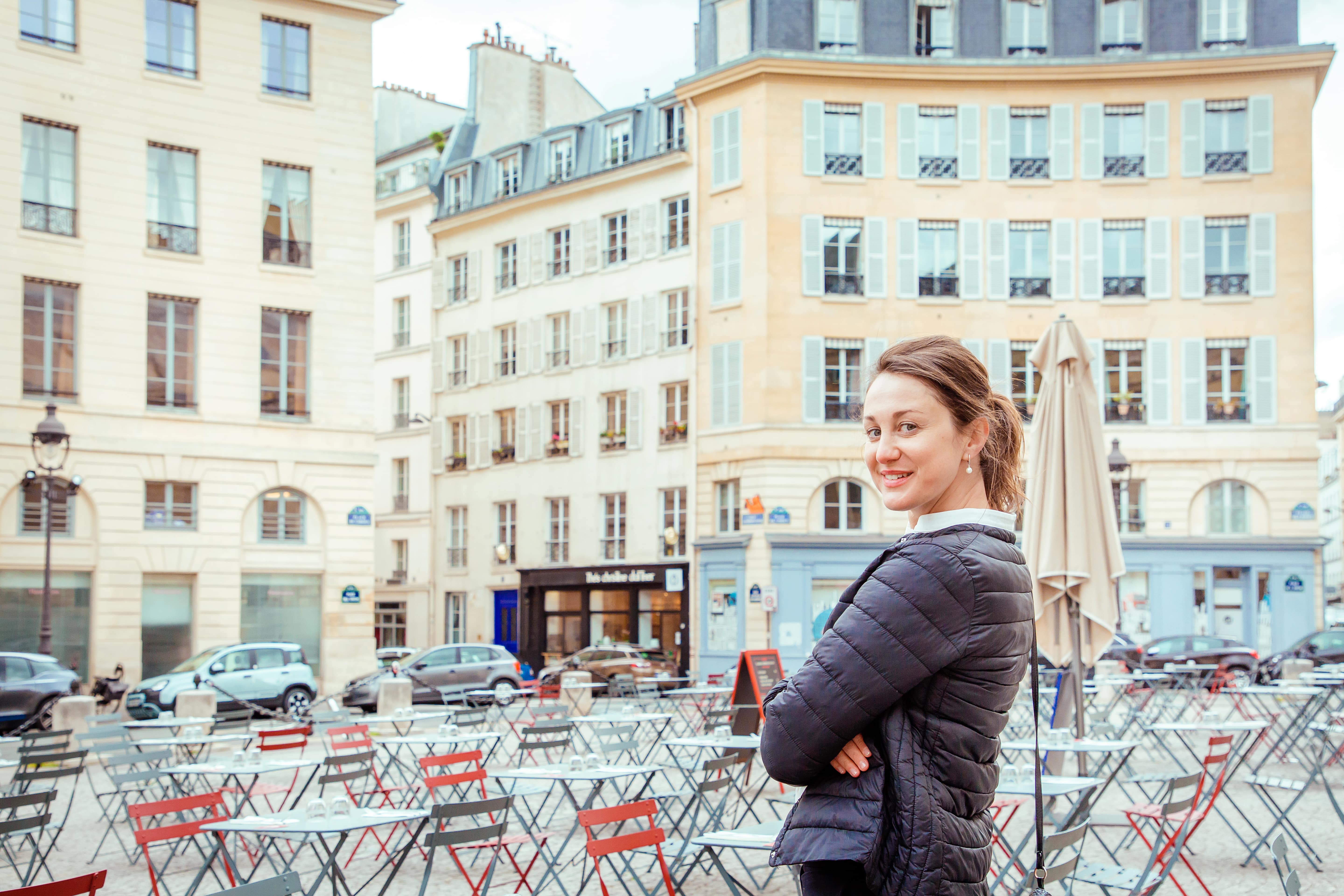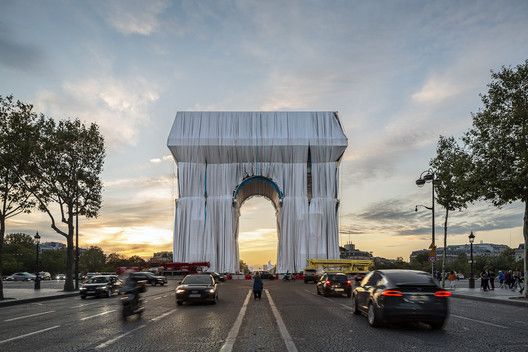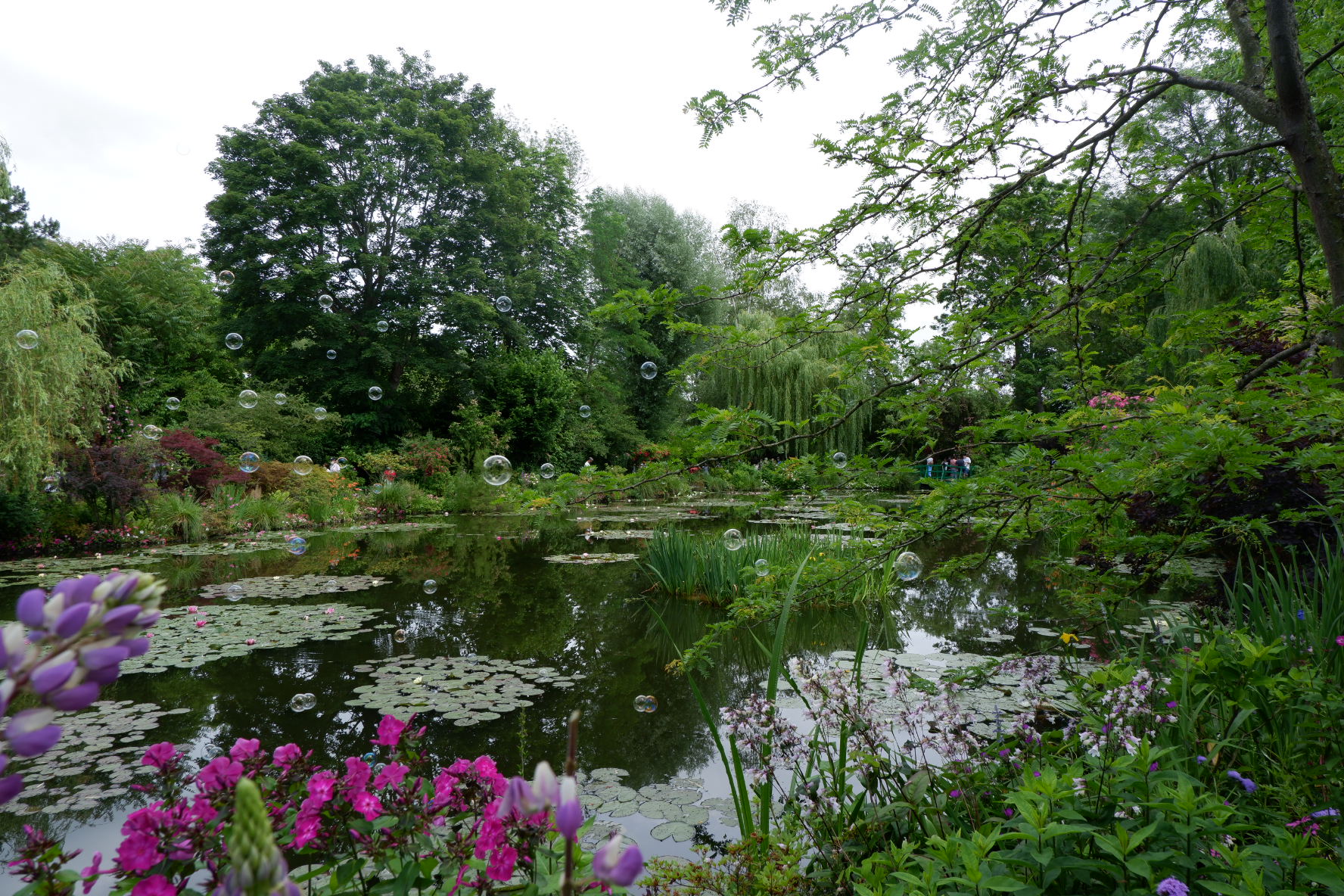L’Art de vivre
à la française
à la française
L’Art de vivre
à la française
Renaissance in Paris
Let’s suppose you’re a great admirer of the Renaissance and you’re finally in Paris. So, if you ask yourself a question: where to go and what to see to meet this extraordinary epoch face to face, - I’m here to help.
So, I propose to start from the beginning...
The word “Renaissance” from Italian is "la Rinascitta”, which means rebirth. The “dark” Middle Ages were changed by the new age of Intellectual and artistic revival. The earliest form of Renaissance was expressed by a movement called humanism. Human nature, the dignity of a man, its wisdom, and spirit become the core interests of the time.
This “wind of changes” started to blow from Italy, from beautiful Florence in the 15th century. The pivotal figures of the renaissance become Dante, Petrarch, Leonardo Bruni, Marsilio Ficino, Lorenzo Valla.
Among other great events and achievements of the epoch are the exploration of the new continents, the development of astrology, and the invention of paper printing.
In Art for instance the spirit of the Renaissance achieved its sharpest expression. It was based on the observation of the visible world and on finding a place in it. The principles of balance, harmony, and perspective are being very welcomed.
The Renaissance finally reached Paris in the 16th century. The flamboyant Gothic style alternates with the Italian influence brought by the Medici. Soon we see the birth of the Saint-Jacques tower and Saint Etienne-du-Mont. Henri IV will take up the challenge of a renovated Paris with the creation of the Place Dauphine and the Vosges in Paris.
Undoubtedly so, that the gardens of the French Renaissance are worth seeing too. Their beautiful symmetrical and geometric flower beds, potted plants, sand and gravel paths, terraces, stairs, running waters, and fountains. They became an extension of the castles they surrounded, exemplifying Renaissance ideals of measure and proportion. To see it all choose Tuileries and Luxembourg gardens as your walking destination.
To admire Renaissance in Architecture in Paris you can certainly by visiting Louvre. The facade is largely inspired by Roman antiquity showing the king as the worthy successor of the great Roman emperors. It was under Francis I that the fortress became an Italian-renaissance style palace projected by the architect Pierre Lescot. Henri II: la Fontaine des Innocents in the quartier des Halles.
Don’t miss the Hôtel Carnavalet which is today the national museum of the history of Paris and the rare representation of the epoch.
The admirers of the Renaissance will certainly find food for their eyes and thoughts in Paris. The walking tour is the best way to do it! Believe me, I know something about it!)
La versione in Italiano.
Il Rinascimento a Parigi
Supponiamo che tu sia un grande ammiratore del Rinascimento e che tu sia finalmente a Parigi! Dove andare e cosa vedere per incontrare faccia a faccia questa straordinaria epoca?
Qui ho alcuni suggerimenti per te. Ma prima esploriamo un po 'il contesto ...
Succede che Il Medioevo "oscuro" fu cambiato dalla nuova era di rinascita intellettuale e artistica. La prima forma di Rinascimento fu espressa da un movimento chiamato umanesimo. Natura umana , la dignità di un uomo, la sua saggezza e il suo spirito diventano gli interessi centrali del tempo.
Questo “vento dei cambiamenti” iniziò a soffiare dall'Italia, dalla bellissima Firenze nel XV secolo. Le figure principali del Rinascimento diventano Dante, Petrarca, Leonardo Bruni, Marsilio Ficino, Lorenzo Valla.
Tra gli altri eventi dell'epoca c'è l'esplorazione dei nuovi continenti, lo sviluppo dell'astrologia, l'invenzione della stampa.
In arte, ad esempio, lo spirito del Rinascimento ha raggiunto la sua formulazione più acuta. Si basava sull'osservazione del mondo e sulla ricerca di un posto in esso. I principi di equilibrio, armonia e prospettiva vengono spesso praticati.
Il Rinascimento raggiunse finalmente Parigi solo nel XVI secolo. Lo stile gotico fiammeggiante si alterna all'influenza italiana portata dalla famiglia Medici. Presto assisteremo alla nascita della torre Saint-Jacques, Saint Etienne-du-Mont, cattedrale Saint-Eustache. Henri IV raccoglierà la sfida di una Parigi rinnovata con la creazione di Place Dauphine e dei Vosgi a Parigi.
Eccezionali sono i giardini del Rinascimento francese. Sono caratterizzati da aiuole simmetriche e geometriche, piante in vaso, sentieri di sabbia e ghiaia, terrazze, scale, acque correnti e fontane. Divennero un'estensione dei castelli che circondavano, esemplificando gli ideali rinascimentali di misura e proporzione. Tra questi giardini che puoi visitare qui a Parigi sono le Tuileries e il Lussemburgo.
Per ammirare il Rinascimento in Architettura passeggiando a Parigi si può certamente visitando il Louvre. La facciata è in gran parte ispirata all'antichità romana che mostra il re come il degno successore dei grandi imperatori romani. Fu sotto Francesco I che la fortezza divenne un palazzo in stile italiano progettato dall'architetto Pierre Lescot. Da non perdere l'Hôtel Carnavalet che è oggi il museo nazionale di storia di Parigi e rara rappresentazione dell'epoca.
Gli ammiratori del Rinascimento troveranno sicuramente cibo per i loro occhi e per i loro pensieri a Parigi. Il tour a piedi è il modo migliore per farlo!







